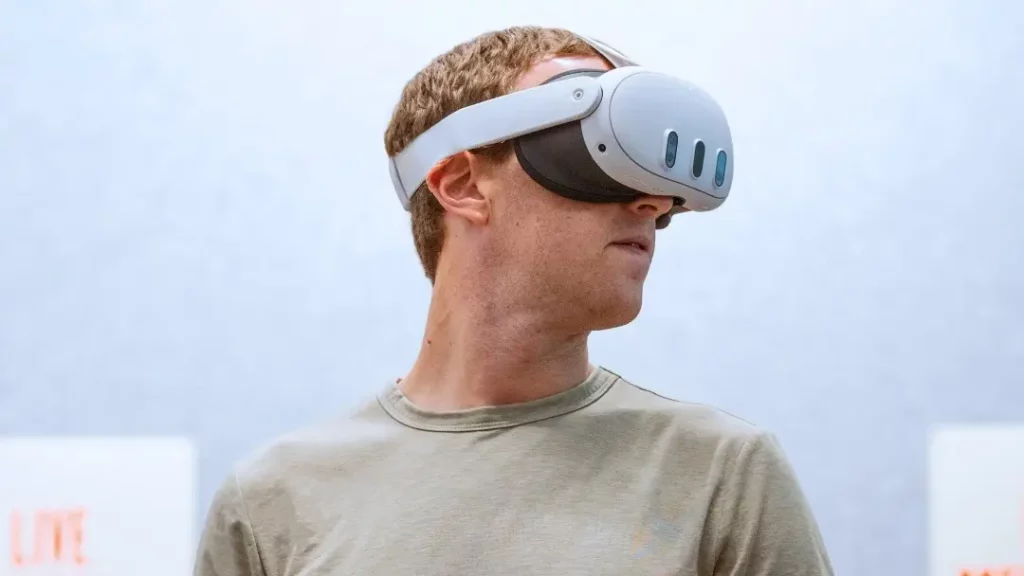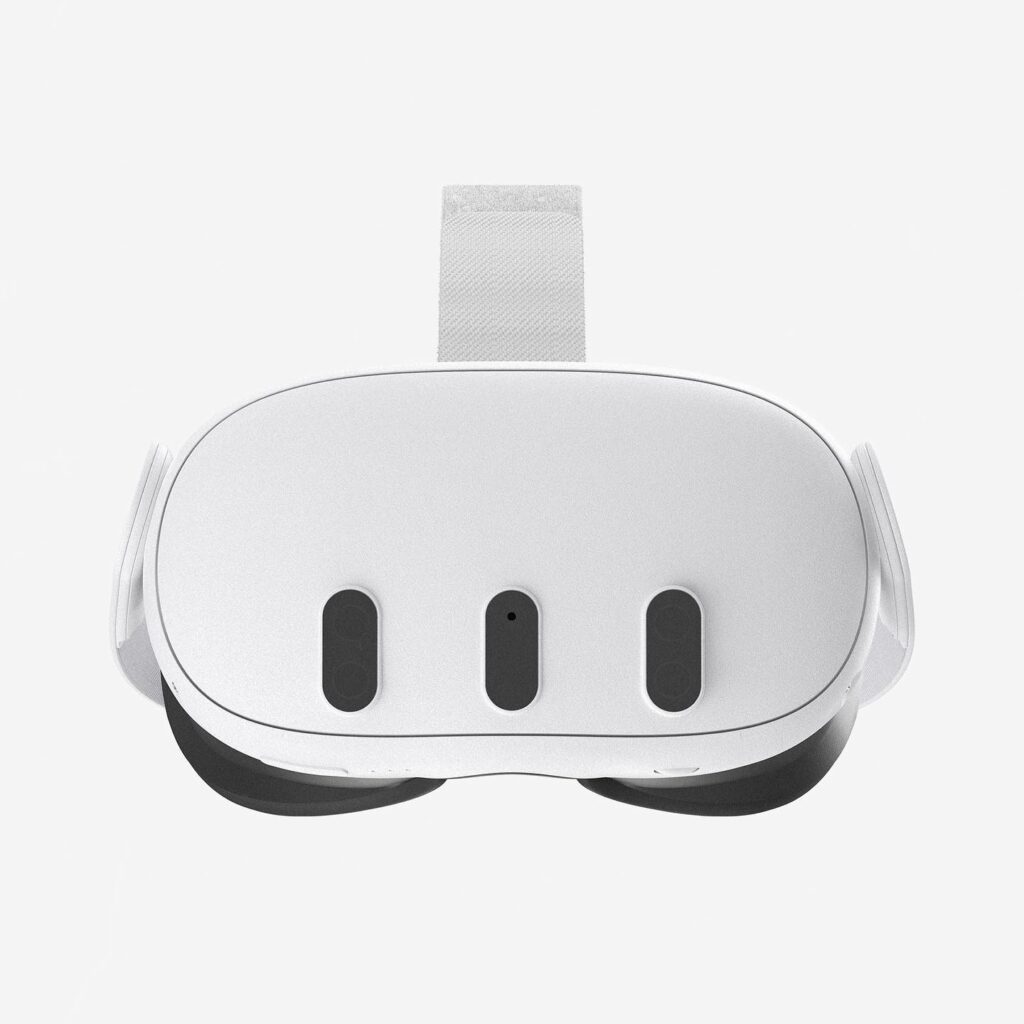Introduction:
Exciting news for virtual reality enthusiasts! Meta, the parent company of Facebook, has officially announced the highly anticipated Meta Quest 3. Set to launch this fall at a price of $499, the Meta Quest 3 promises to deliver an enhanced virtual reality and mixed reality experience, with improved design and advanced features. Let’s dive into the details of this upcoming headset and see what it has in store for VR enthusiasts.

Release Date and Pricing:
Meta CEO Mark Zuckerberg revealed that the Meta Quest 3 will be released this fall, with further details to be unveiled at the Meta Connect conference on September 27. Considering that the Meta Quest 2 was released on October 13, 2020, it is reasonable to assume that the Quest 3 will likely follow a similar timeline. Priced at $499, the Meta Quest 3 comes with a $100 premium over its predecessor, the Quest 2. If you’re looking for a more budget-friendly option, the Quest 2, priced at $299, is still a great choice to explore the world of VR.
Specs and Performance:
While specific details about the Meta Quest 3’s specifications were not extensively covered during Mark Zuckerberg’s announcement, a few key points were mentioned. The headset will feature a base storage option of 128GB, with the possibility of an additional storage option for users seeking more space. The most significant upgrade comes in the form of a next-generation Qualcomm Snapdragon chip, promising twice the graphics performance of the Quest 2. This improvement means users can expect higher-quality visuals and more immersive VR gaming experiences.
The Meta Quest 3’s resolution and refresh rate were not explicitly revealed. However, it is speculated that the headset may feature a resolution of either 4,128 by 2,208 pixels or 2,064 by 2,208 pixels per eye, providing a significant improvement over the Quest 2’s resolution. The default refresh rate is expected to be 120Hz, with the possibility of reaching 144Hz through updates or specific VR games. Additionally, the Meta Quest 3 introduces High-fidelity color Passthrough, allowing users to experience the real world in full color while wearing the headset, providing exciting possibilities for mixed reality experiences.

Design and Comfort:
The Meta Quest 3 showcases a redesigned form factor, boasting a 40% slimmer profile compared to its predecessor, the Quest 2. While maintaining a similar aesthetic, the Quest 3 incorporates a trio of pill-shaped cameras/sensors on the front and introduces an improved flexible material for the head strap, enhancing comfort during extended use. The headset appears to feature a new button, potentially a wheel for adjusting IPD (inter-pupillary distance), ensuring an improved fit for users. The face shield design has also been revised to enhance light blocking, further immersing users in their VR experiences.
Controllers and Potential Features:
Meta has redesigned the Touch Plus controllers for the Quest 3, focusing on ergonomic improvements and introducing TruTouch haptics. These enhancements offer users a more comfortable and immersive controller experience. While not many exclusive features have been announced for the Meta Quest 3, leaked videos suggest the presence of a potential new feature called “Smart Guardian.” This upgraded version of the existing guardian feature utilizes the headset’s cameras and depth sensors to map the user’s surroundings accurately, enhancing safety and interaction within the virtual environment.

Meta Quest 3 and the Future of VR:
The Meta Quest 3’s arrival signals a significant step forward in the world of VR. Though the higher price tag may give some pause, the technology and advancements offered by the Meta Quest 3 have the potential to revolutionize all-in-one VR headsets.


